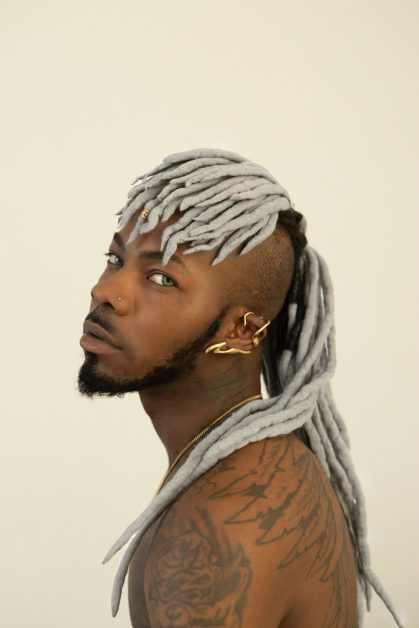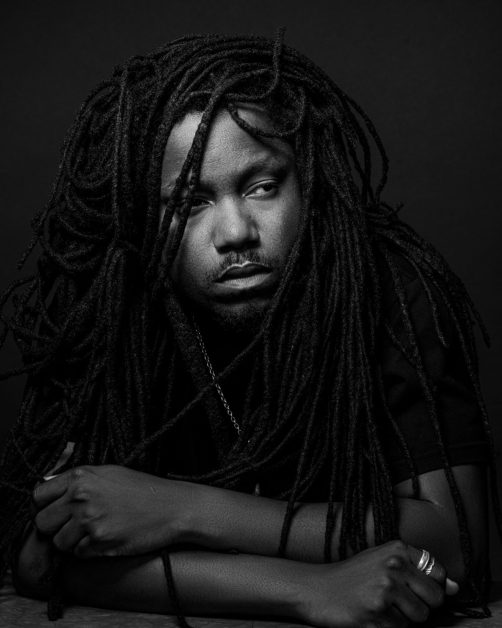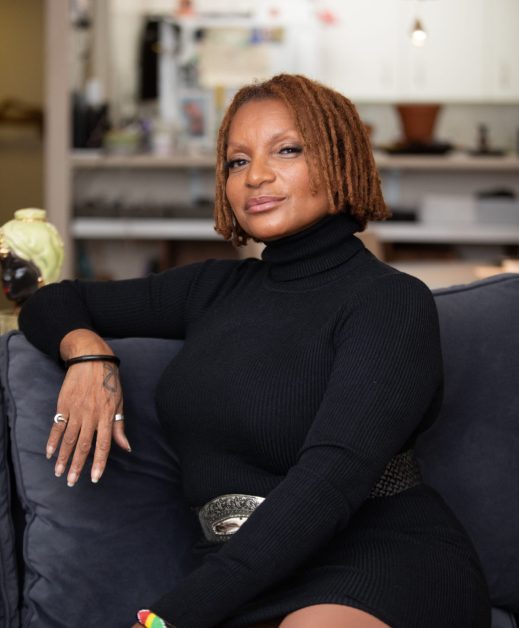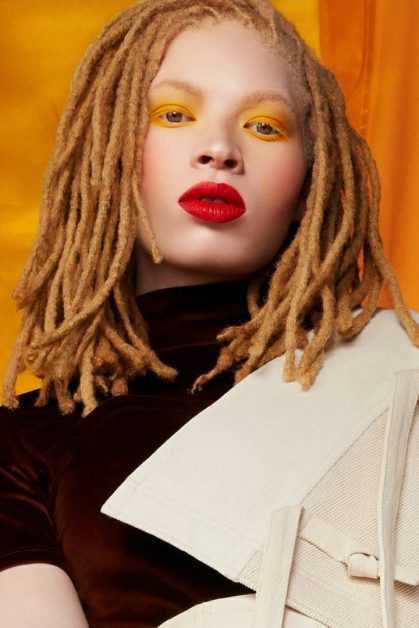Afro-textured hair is known for its versatility, and locs – a hairstyle that involves twisting strands of hair around themselves to create permanently fused units – are especially associated with Black identity and have complex and diverse origins. This style has been worn by people of color from different regions worldwide, dating back to ancient times. Despite this rich history, locs only gained widespread recognition in Western culture in the 1970s thanks to Bob Marley, a reggae artist who wore them as a part of his connection to Rastafarianism, a religious movement that originated in Jamaica.
However, the term “dreadlocks,” which has long been used to describe this hairstyle, is now considered problematic due to its association with colonialism and Eurocentric beauty standards. These standards have unfairly judged and policed natural hair and protective styles. As a result, there has been a movement to drop the term “dread” entirely to create a more positive and inclusive narrative.
While locs continue to hold spiritual or religious significance for many who wear them, they can also represent ethnic pride, a personal beauty ideal, or simply a convenient hairstyle choice (although they do require a unique maintenance routine, including regular washing). In this article, four Canadian creatives share their personal journeys with Dreadlocks and the experiences they have had along the way.
Shaquone Blake

it locs have always represented power and wisdom, and after growing her own set for five years, she began experimenting with different hues. However, the process of dying her hair damaged it, so she turned to faux locs. Her signature look is a locs mullet with shaved sides, which makes her feel magical, unique, and true to herself. For her, locs are a way of standing out rather than fitting in.
Naskademini

Its entire family, including her parents and brothers, has locs, and she got hers done in Trinidad and Tobago, her family’s home country. However, she has encountered negative stigmas associated with locs due to a lack of understanding about the hairstyle. People have asked her if she washes her hair, mistaken her locs for braids, and referred to them as “dreadlocks,” not realizing the negative connotations associated with the term. She has also faced assumptions about drug use based on her appearance, which highlights the need for a larger conversation about how locs are perceived and judged by society.
Roxanne de Nobrega

Roxanne de Nobrega’s journey with locs began in the late 1990s when she shaved her head to get rid of her relaxed hair. At that time, there was very little information available about Dreadlocks, so she had to learn about them on her own. People often questioned her decision to grow them out, suggesting that she would not be able to find work. However, as a makeup artist, she felt that she had the creative license to do what she wanted. Her inspiration for Dreadlocks was activist and university professor Angela Davis, who had them at the time.
Seeing Davis gave de Nobrega the confidence to not worry about others’ opinions. Growing up, she was taught that a woman’s beauty was in her hair, but she never liked being controlled by anything. Shaving her head made her feel empowered, knowing that her beauty was within her and growing locs would only add to it. Over the years, de Nobrega has had her Dreadlocks styled in various lengths, and colors, and even shaved them off, grown an afro, and retwisted her hair. She loves the feeling of being in control with her locs.
Damaris White

Damaris White has been growing her locs for eight years. She was tired of the painful process of chemically relaxing her hair every few weeks or constantly redoing extensions. To her, Dreadlocks seemed like a more manageable and versatile option. She enjoys styling her Dreadlocks in various updos, and half-up styles, and curling or braiding them. However, she often experiences stereotypes, such as people assuming that she is Rastafarian, spiritual, vegan, or vegetarian due to her locs. As a model, she has also encountered hairstylists who think that they cannot do much with her hair, leading them to leave it down.
